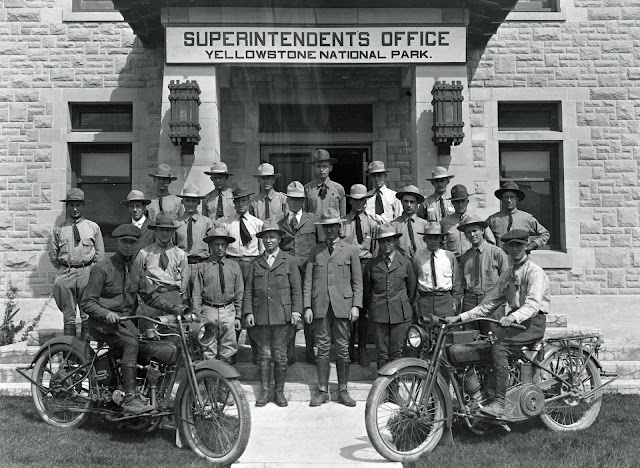Such capabilities served to set the company's motorcycles apart from the competition; by 1911 there were 150 other companies manufacturing the vehicles.
The onset of World War I was actually a boon for Harley-Davidson. The motorcycle, having done well in its utilization by police, was commissioned for use by the military. It proved especially useful on the U.S.-Mexico border, which was suffering incursions by the forces of Mexican revolutionary leader Pancho Villa.
In all, 20,000 of the company's machines were employed by the U.S. infantry during the war.
The battlegrounds of the war also served as proving grounds for the motorcycles. After resuming normal production, Harley-Davidson was able to begin incorporating improvements into its new machines.
The 1920s saw the company taking the lead in innovative engineering with such features as the Teardrop gas tank and the front brake.
In 1921, the winner of the first race in which motorists reached average speeds of more than 100 miles per hour was riding a Harley-Davidson machine.
Only Harley-Davidson and Indian would survive the grueling years of the Great Depression.
http://www.answers.com/topic/harley-davidson?cat=biz-fin
1903 saw the formation of the Federation of American Motorcyclists, which in 1908 put together its first organized event, a two–day endurance run around New York City and Long Island.
The president of the Harley–Davidson Motor Company, Walter Davidson, mounted an early Harley to face off against and defeat 84 other riders representing 22 different makes of motorcycle.
The Department of the Interior used Harleys to patrol Yellowstone Park
http://webs.morningside.edu/masscomm/DrRoss/Chap2.html
